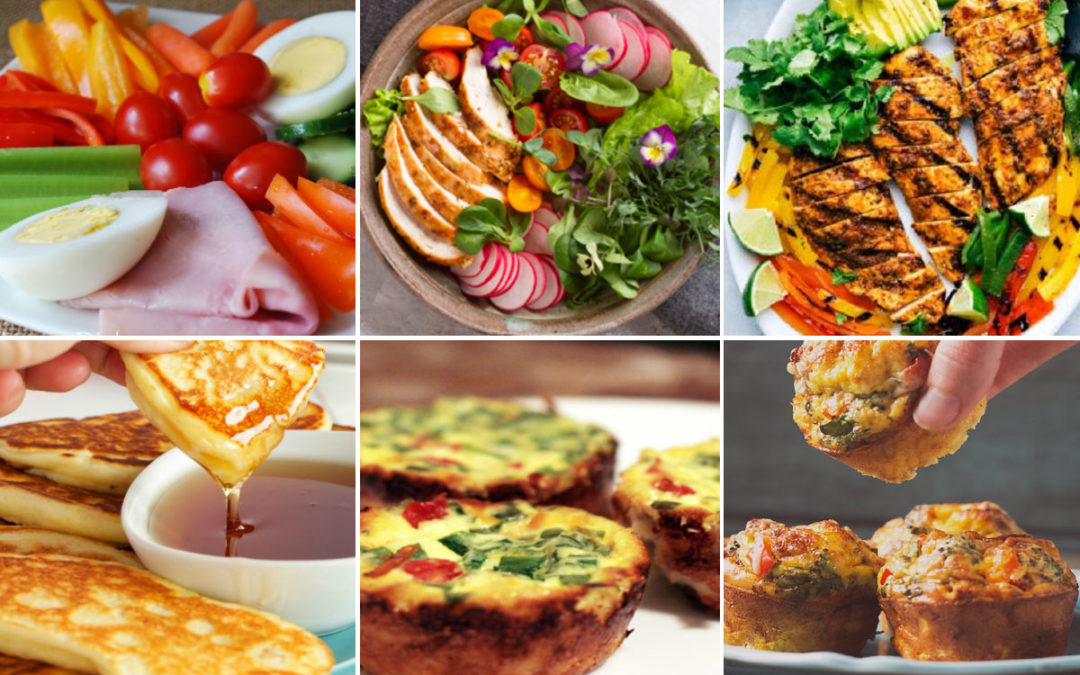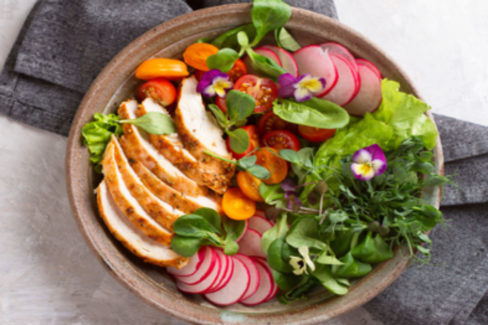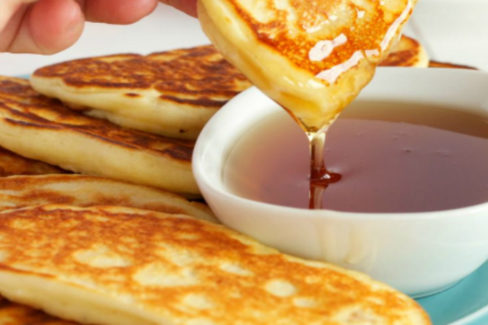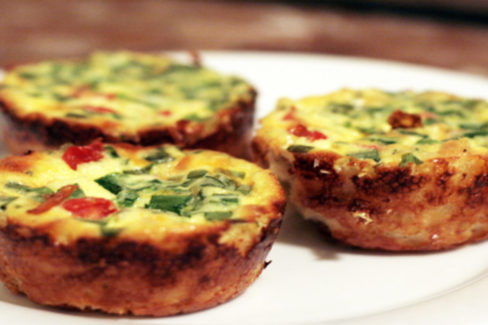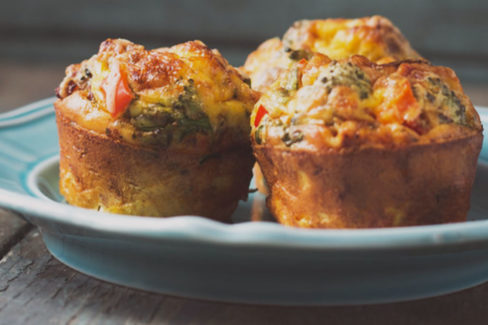Catering with care
Working in Care Home Catering means that you need to be able to think ‘outside the box’, having the special skill of listening to individual needs. We have a diverse community of residents living in our Nellsar Homes, many of whom are living with an illness or disability. Some conditions affecting the nervous system and/or cognition can also impact on dexterity and focus. If these symptoms are present, then using a knife and fork can sometimes become difficult and uncomfortable.
Occasionally people living with dementia can find it difficult to sit at a table and settle for mealtimes. There are some people who will choose to walk around and keep busy. This is a time when our staff think deeper about providing nourishment whilst continuing to support the independence of those in our care.
Finger foods
Finger foods can be an ideal way of maintaining dignity and independence at the dining table. Or, if a person walks all day then finger foods can be a great way of having ‘food on the go’!
When serving finger foods for the first time, the tips below may help to ensure they are well received:
- Introduce finger foods over a few days to get the person used to the new way of serving food.
- Tailor the food to the individual – not just their likes and dislikes but also their ability to manage different types of food.
- Provide snacks in between meals that are also easy to hold and provide calories. (Bidfoods – finger food guide 2019)
Balanced eating
When creating a balanced, nutritious meal you need to ensure the plate contains protein, carbohydrates, healthy fats and vegetables. Flavour and presentation are also important factors to consider. If a meal doesn’t entice visually, then it may well be avoided all together and the calories and nourishment obtained for the meal are zero.
Here are some ‘easy to pick up off the plate’ options:
- Vegetables – carrots, broccoli, cauliflower, mushrooms, green beans.
- Salads – tomatoes, cucumber, spring onion, lettuce, carrot sticks, onion (if someone likes raw onion), rocket.
- Starch options – potato, sweet potato, swede, squash, pasta (eg large fusilli), rice balls.
- Potato – wedges, chipped, croquette, roasted, cubed.
- Protein – chicken, pork, beef, lamb, turkey – all can be cut into strips. Sausages can be cut into pieces, fish in strips.
- Eggs – boiled, omelettes.
- Vegetarian/plant-based protein – tempeh, tofu steaks, Quorn products. Nut roast in strips or bite sized pieces.
- Fats – avocado, nuts, olive oil drizzled over or added to sauces, seeds.
- Fruits – all fruit that is cut into sticks or wedges.
- Mini bites – mini burgers in buns, mini pies, quiches are all great options.
- Condiments – you can have sauces in small dishes on the side of the plate that people can dip their finger foods into, for example gravy, white sauce, parsley sauce, ketchup, BBQ sauce, tartar sauce.
Desserts
Most desserts and puddings can be served and adapted to suit a finger food style, cut into bite-sized pieces. Again, you can put custard in a small pot on the side so a person can dip bite-sized pieces into it.
Mousses are a little tricky. However, if someone is quite dexterous then you could have wafers or biscuits for them to dip into the mousse and eat that way.
It is all about knowing individual ability and preferences, creativity and presentation. Don’t be afraid to try!
Here are some Finger Food plate options:
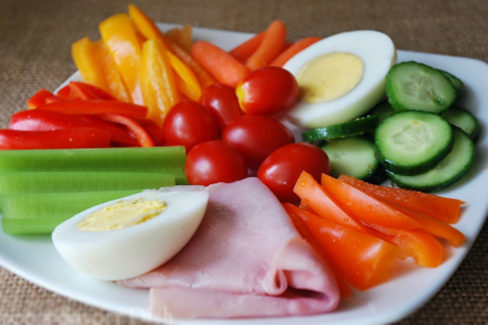
A colourful plate is a heathy plate
Credits:
https://ameessavorydish.com
www.pennmedicine.org
www.pinterest.co.uk
www.instructables.com
www.willcookforfriends.com

